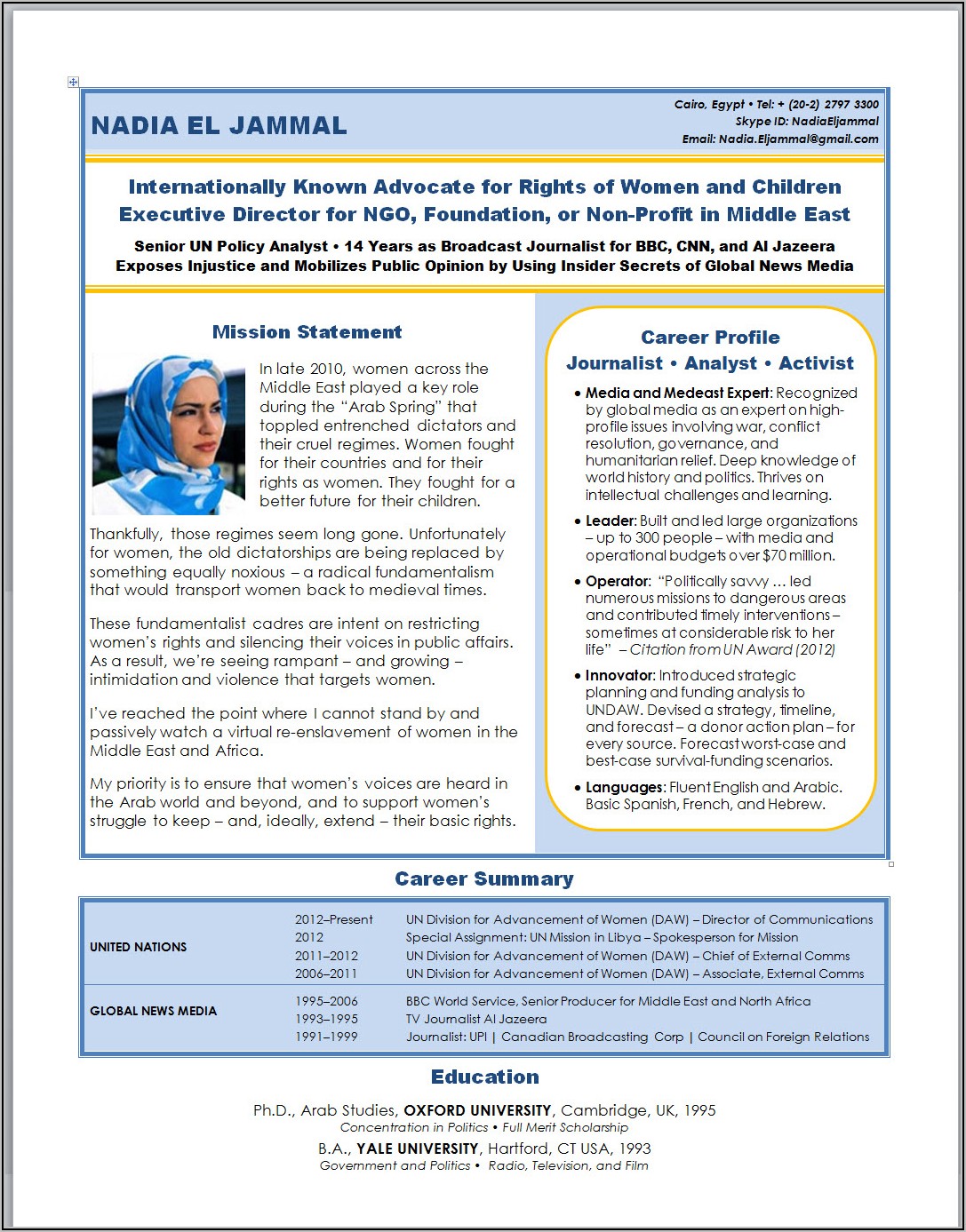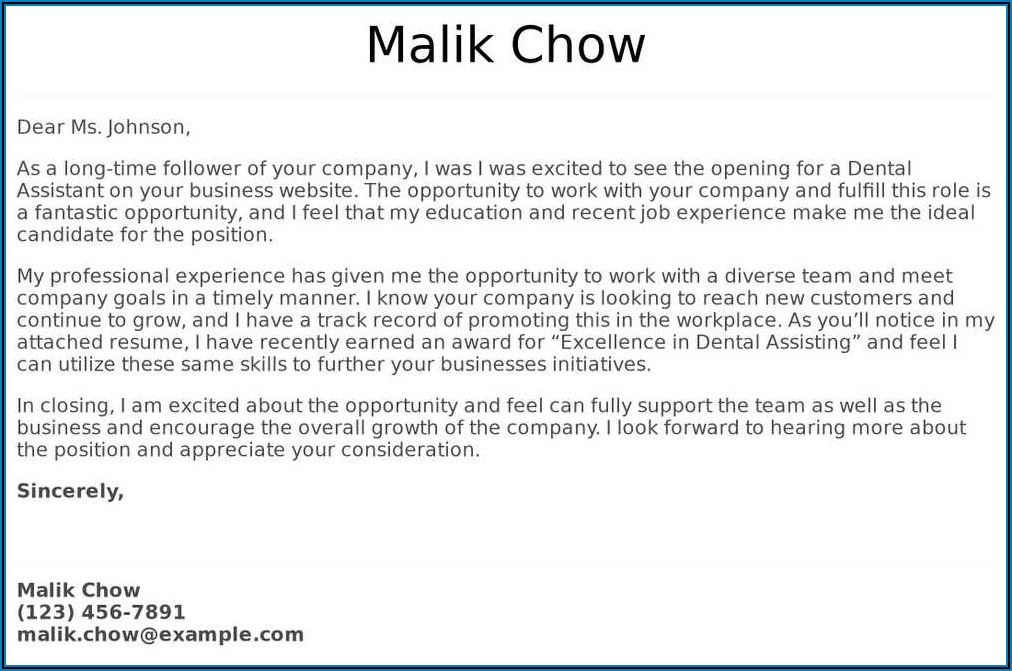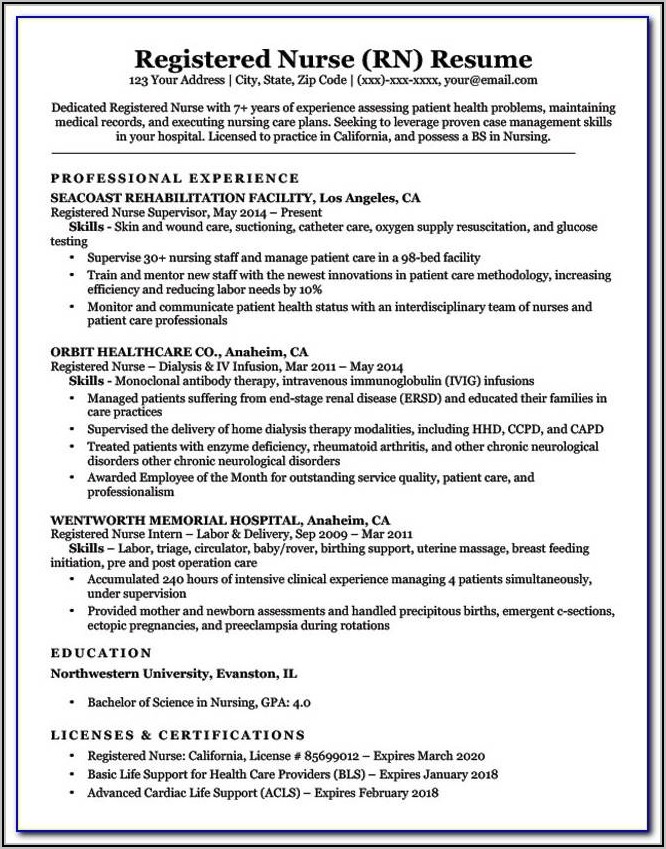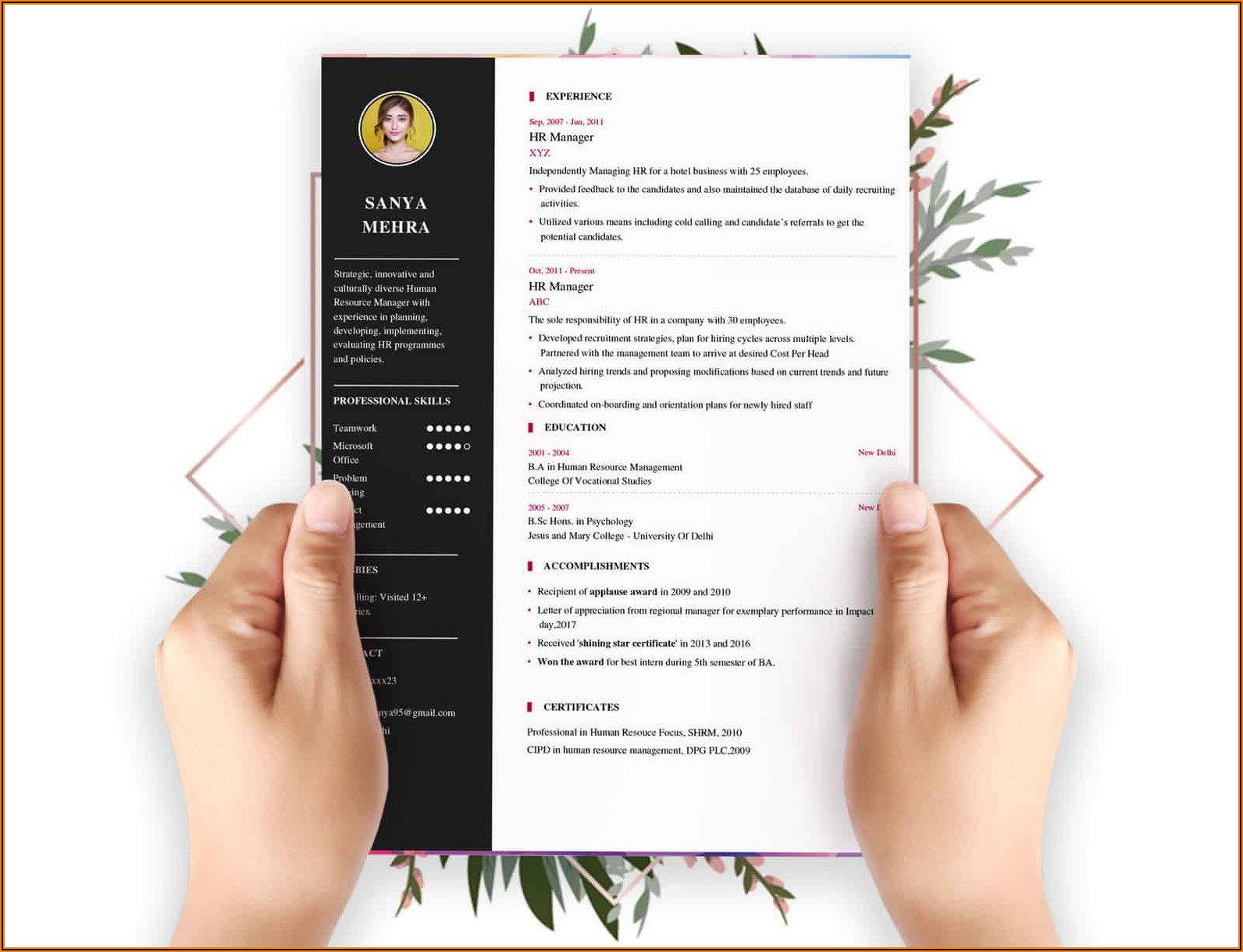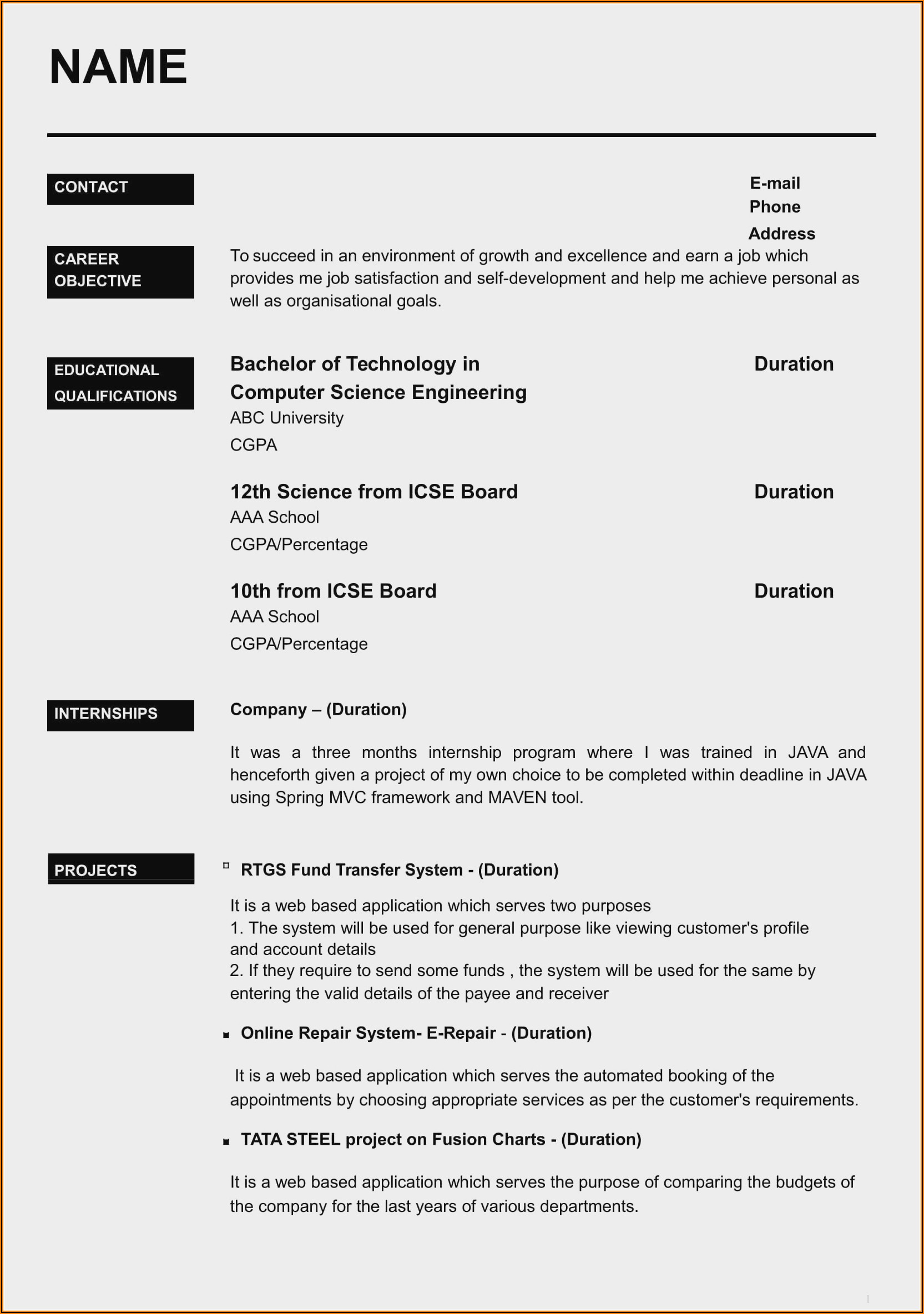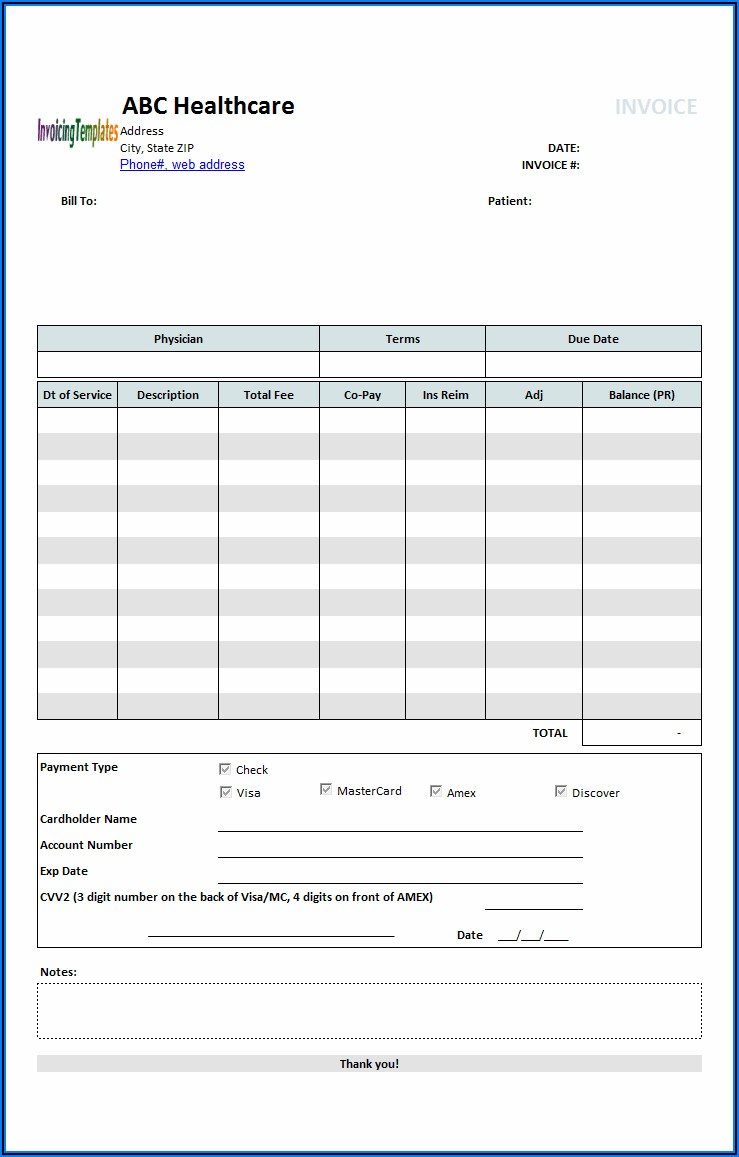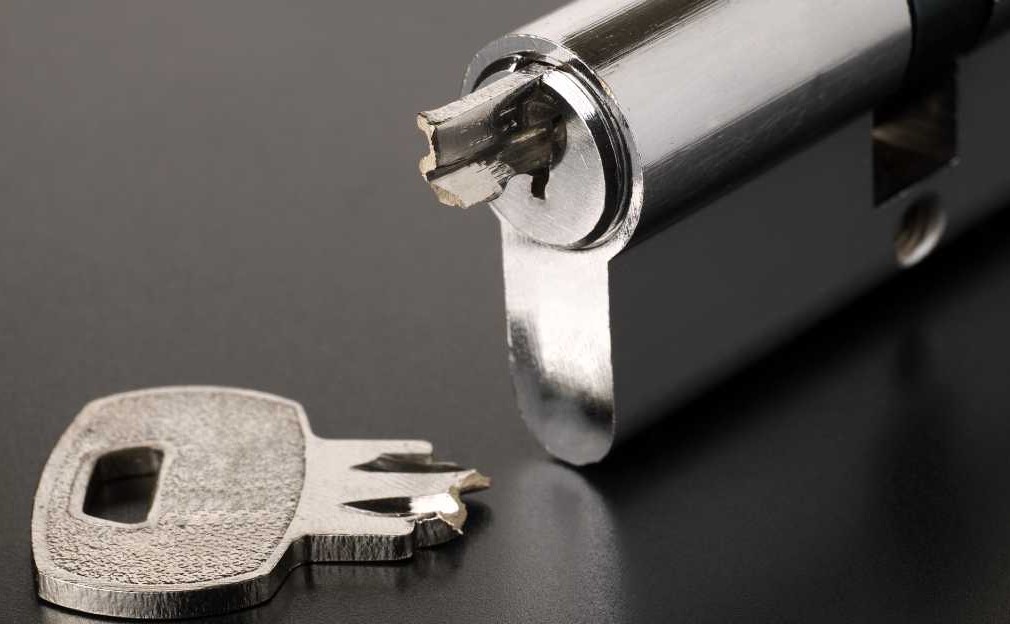1. Find the most reliable sources (word books, the best medical transcription techniques drugs cheat sheets, and the list is endless).
These can make or break your work as medical transcriptionist. According to experts, you’re only capable of what you have. I believe this is accurate. It’s important to know where for the answer to whatever question you may have and the faster the more efficient. One idea is to write down everything you’d like to know later on that you’re not able to search for while transcription. You’ll want to look up the subject on a daily basis. Don’t let the list get and increase. This will cause you to be frustrated every time you have to answer this question. If it’s not listed in your resources Find a mentor or someone in your workplace who can help to answer questions that which you aren’t able to answer.
2. Utilize autocorrects or expanders.
They are essential. If you are a transcriptionist as a profession, each keystroke you save leads to productivity, which will result in more money for your earnings. This also reduces the wear and tear that your wrists and fingers. The autocorrects that you can utilize are innumerable. It is possible to think that you’re not able to include them however in the end, it will make it easier for you to save time. Medical transcriptionists should only look for something only at a single time. For instance, if search for a spelling of a drug or whether it’s capitalized or not, it should be the sole time you’ll look it up. Include it in your autocorrects to be used future times you’ll require it. I added numerous shortcuts, including year-old (1yo 2, 2yo, etc.) and month-old (1mo 2mo, 1yo, etc.) that help me save my keystrokes every day. It is important that the autocorrects understand you and help you will remember the correct answers.
3. Use cheat sheets.
Medical transcriptionists cannot function without the aid of a medical transcriptionist. The amount that cheat sheets have will be contingent on the various areas of specialization you need to type. There are a lot of colleagues in medical transcription who can share their cheat sheets when you inquire. It is also possible to request the MTs who you work with to create one together since you all work for the same service providers. Together, you will be able to identify the words or phrases are used by doctors and put these on the document to use in the future. How often do you come across something written which isn’t what the doctor actually dictated? (… A little bit of research will eliminate this and using an item that’s “close” to what they dictate is actually an insult. Another method to mark something you’ve studied before in the reference book is by highlighting it or marking it. )
4. Be informed monthly about the latest developments in medical transcription.
Find a website that offers an annual newsletter that will give you the most current information regarding medical terminology, drugs as well as changes in the regulations for medical transcription, etc. It is your obligation to be aware of this. I’ve noticed that the community we live in really wants to support each other. You’ll be able to help others once you get more experience and repay the kindness. It is possible to join on an email group of doctors who are medical transcriptionists, where they exchange information that can benefit one another. This is a great way to keep up-to-date with the latest developments across the globe in the field of medical transcription.
5. Request help with your resume.
Look for a service or person who can assist to prepare your resume. There is no reason why you need to be hopping from job to job , but in the event that you are required to apply for a different job it is essential to have an up-to-date resume. A great resume is crucial. The way employers view resumes has changed over time in terms of what employers are looking for in an applicant’s resume. There are a lot of things you should be aware of if you want to be considered for a resume when you first apply. There are many other applicants in the market today that you’re fighting with. One thing I’m able to offer is to put your resume on one page , if you can.
6. Find the top document examples.
Document samples are crucial to assisting you with your daily work. There are instances that you can write without a sample, however there are many instances when you’ll require an example. Request an example of what you will encounter an examination of the body as well as a review of the techniques. Request a sample treatments or procedures you write about. How often do you think that something was under the musculoskeletal, extremities, cardiovascular , or respiratory? Do you recognize this? Make sure you have the right information in case you require it.
7. And lastly the ergonomics.
You should feel at ease while sitting at your computer, typing throughout the day. Don’t be afraid to rise and move around whenever you need to. It will do you and your employer the favor of doing. It is essential to take good care for your health. This will help you work longer and more healthy. Be sure to take breaks and eat lunch breaks. It’s true that you can perform faster and with greater accuracy when you have breaks and lunch breaks on regular basis. Make sure that you are sitting in the correct chair and your posture is appropriate to type. It is crucial to place your screen set at the correct height. It is recommended that you have checked all these points when you first established your office, but in case you did not, be sure to do it now.
If you implement these 7 tips for medical transcriptionists I am sure you’ll become more efficient and precise. The most beneficial thing, however when you follow these guidelines is that it will make your pay more!
